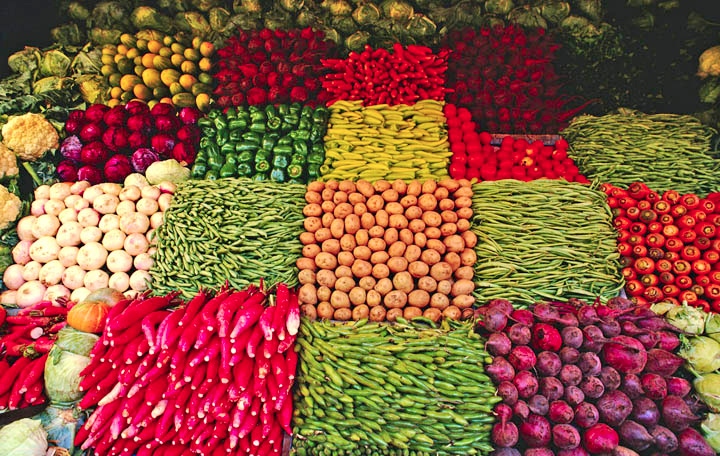
Consumers put high price on food safety
Consumers and food suppliers are changing their practices.Consumers are not only quite attuned to food safety issues, but they also have significantly changed their shopping habits because of them.Nearly half of the consumers surveyed reported a change in shopping patterns due to food safety concerns.
September 21, 2010

In the last two weeks, news media have covered stories on an Angus beef recall, oil-tainted Gulf shrimp and salmonella-infected eggs.
Anecdotal evidence suggests that such headlines affect consumer spending. New research from Michigan State University demonstrates how these announcements indeed cause consumers as well as food industry professionals to make purchasing decisions.
Consumers are not only quite attuned to food safety issues, but they also have significantly changed their shopping habits because of them, according to Chris Peterson, director of MSU’s Product Center for Agriculture and Natural Resources.
Similar patterns also are evident among food industry professionals – manufacturers, distributors, retailers – a majority of whom have, in the past five years, changed their business practices to adapt to concerns about the safety of food products. “Food Safety Certification: A Study of Food Safety in the U.S. Supply Chain,” was sponsored by Oslo-based Det Norske Veritas and conducted via online surveys of more than 400 consumers and nearly 75 food companies. DNV is a global provider of services for managing risk.
Nearly half of the consumers surveyed reported a change in shopping patterns due to food safety concerns. Also noteworthy is that the research subjects cited that higher price and brand name are not direct signs of safer food, Peterson said.
“Consumers are not only changing their buying habits, but they also want to see evidence on product labels indicating that their food has passed some kind of independent safety certification process,” he said. “Moreover, slightly more than one-third of consumers are willing to pay a premium – in upwards of 30 percent more – for food with a safety certification label.”
Food industry professionals also value third-party certification, but place a higher value on traceability. Food comes from a complex and interconnected food chain. If there is an outbreak, the immediate industry priority is to trace its origin, Peterson said.
“It’s sort of the 9-1-1 mechanism of food safety,” he said. “So we are not surprised that industry professionals place more emphasis on traceability, while consumers want to see the certification on product labels. In fact, they still see government inspection as the most credible signal of food safety, with certification and traceability coming in a close second and third.”
In addition, the study found that:
• Food suppliers and consumers believe that recycling, social justice, green practices, economic viability and animal welfare are important indicators of sustainability. But the most important attribute is safer and healthier food.
• Consumers have particular concern about domestic meat products and, in general, all products coming from international sources.
• A significant number of food suppliers are moving to implement certification audits primarily as a risk management tool. In general, food suppliers see a need for lower cost of implementation and a more consolidated/harmonized set of standards for third-party food safety certification.
You May Also Like



